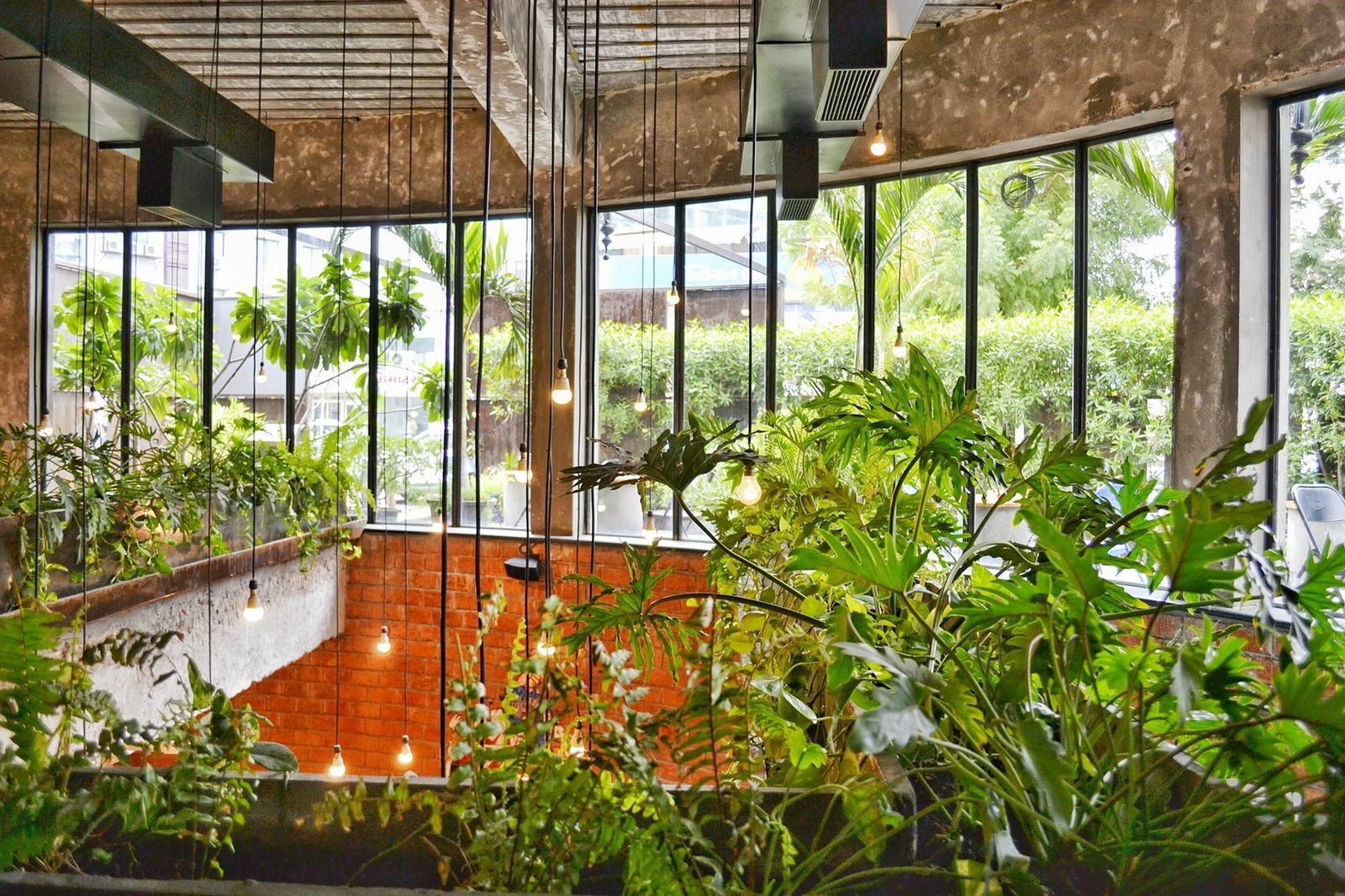Indoor gardening and urban farming
Indoor Gardening and Urban Farming
Indoor gardening and urban farming have gained significant popularity in recent years. These practices allow individuals and communities to cultivate plants and grow food in limited spaces, such as apartments, rooftops, and urban areas. Not only do they provide fresh produce, but they also offer numerous other benefits.
Benefits of Indoor Gardening
Indoor gardening brings several advantages:
- Year-round cultivation: Unlike traditional outdoor gardening, indoor gardening enables you to grow plants and herbs all year long, regardless of the season.
- Improved air quality: Plants act as natural air purifiers, removing toxins and releasing oxygen, thus improving the air quality within your living space.
- Reduced stress and improved well-being: Being surrounded by greenery and nature has a positive impact on mental health, reducing stress levels and promoting overall well-being.
- Enhanced interior aesthetics: Indoor plants add beauty and a touch of nature to your home, making it more visually appealing and relaxing.

Urban Farming in the City
Urban farming is a practice that allows individuals and communities to grow food in urban areas where space is limited. Here are some popular forms of urban farming:
- Rooftop gardens: Utilizing rooftops to create gardens or green spaces is a common approach in urban farming. It maximizes the use of available space while providing fresh produce.
- Vertical farming systems: Vertical farming involves growing plants in vertically stacked layers, utilizing techniques such as hydroponics or aeroponics. This method is ideal for high-rise buildings or small apartments.
- Community gardens: Community gardens are shared spaces where people can collectively grow plants and vegetables. These gardens foster a sense of community, promote social interaction, and provide access to fresh, locally grown produce.

Tips for Successful Indoor Gardening
Here are some essential tips for a thriving indoor garden:
- Choose appropriate plants: Select plants that thrive in indoor conditions, considering factors such as light availability, temperature, and space constraints.
- Provide adequate lighting and temperature: Ensure your plants receive sufficient light and maintain suitable temperatures according to their specific needs.
- Water plants carefully: Overwatering can lead to root rot, while underwatering can cause plants to wither. Find the right balance and water your plants accordingly.
- Fertilize regularly: Indoor plants may require additional nutrients due to the limited availability of natural soil nutrients. Use appropriate plant fertilizers to provide essential minerals and promote healthy growth.
Conclusion
Indoor gardening and urban farming offer exciting opportunities for individuals and communities to connect with nature, produce their own food, and contribute to a greener and more sustainable environment. Whether you have a small apartment or live in a bustling city, you can embark on this rewarding journey of cultivating plants and enjoying the benefits they bring.
Comments
Post a Comment